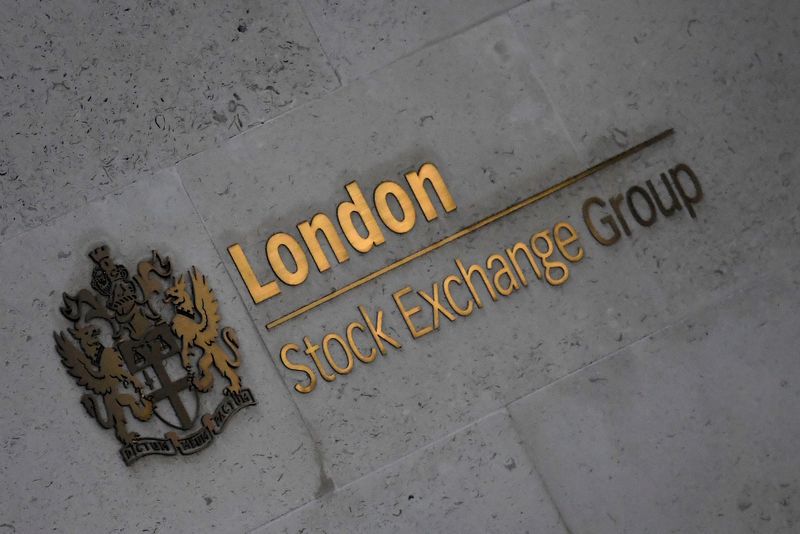By Sruthi Shankar and Shristi Achar A
(Reuters) -London's main stock indexes closed higher on Thursday as the earnings season kicked in, with financial stocks on the internationally-focused FTSE 100 lifted by gains in investment firm 3i (LON:III) Group.
The blue-chip FTSE 100 rose 0.2%, while the midcap FTSE 250 index added 0.6%.
Investment firm 3i Group soared 9.2% to hit a record high on an upbeat third-quarter performance update, lifting the investment banking sector by 3.6%.
Banks gained 1.5% while energy shares rose 0.9%
"It's a slow-moving rotation into cyclical assets like financials and energy as China has reopened and the energy situation in Europe is much better than people see it," said Patrick Armstrong, chief investment officer at Plurimi Wealth.
Along with earnings, investors will focus on a slew of central bank decisions next week for clues on the interest rate-hike trajectory. Signs of cooling inflation have recently spurred hopes that the U.S. Federal Reserve will switch to smaller rate hikes.
"The rhetoric around rate hikes - whether for the Fed, the ECB or the BoE - is that 2022 was a year of aggressive rate hikes and while there is more to be done, we are entering a new phase that could bring about some less aggressive moves, starting with the Fed," said Victoria Scholar, head of investment at Interactive Investor.
Investors are betting on a 50-basis-point rate hike by the Bank of England next week as inflation remains in double-digit territory.
Diageo (LON:DGE) fell 5.5%, dropping to the bottom of the FTSE 100 after the Tanqueray gin maker beat first-half sales forecasts, but traders appeared to focus on the U.S. sales miss. The company's shares dragged the beverages sector down 5.2%.

Wizz Air (LON:WIZZ) fell 7.2% from eight-month highs hit in the prior session, after the Hungarian budget airline was upbeat on summer demand for travel but more cautious than its competitors.
Shares of Fevertree tumbled 8.8% after the tonic maker warned with further double-digit percentage hikes across its key input costs.